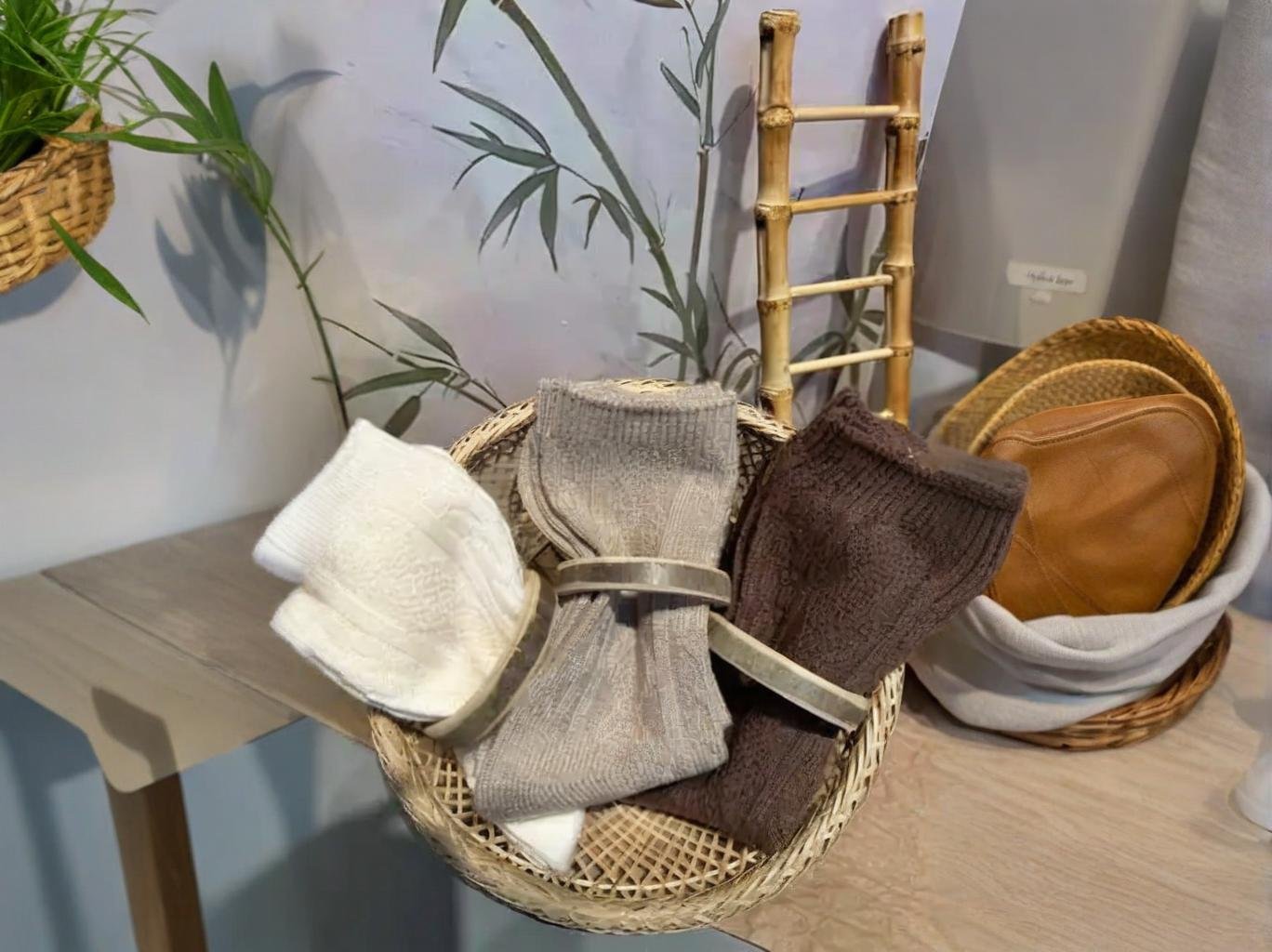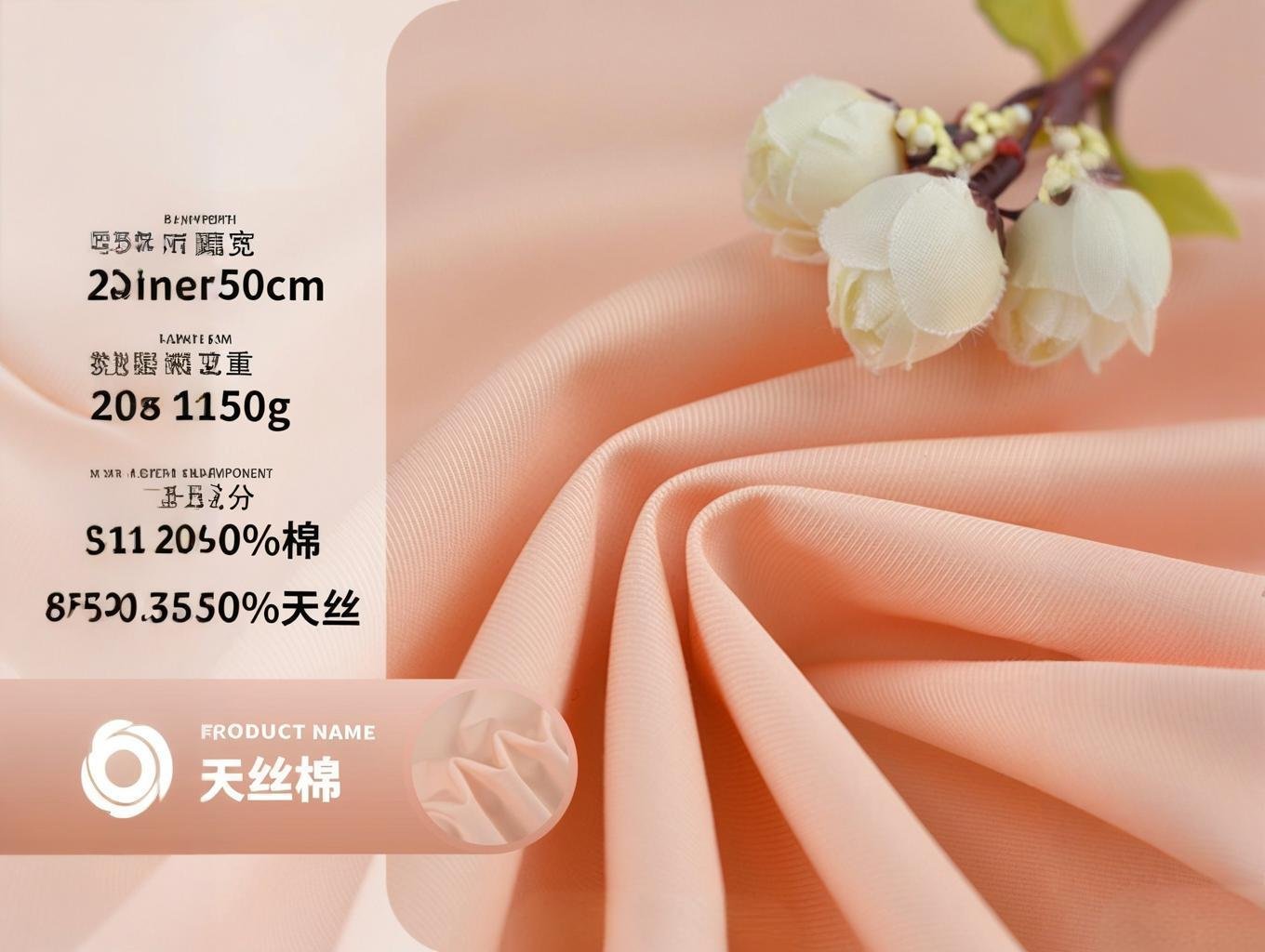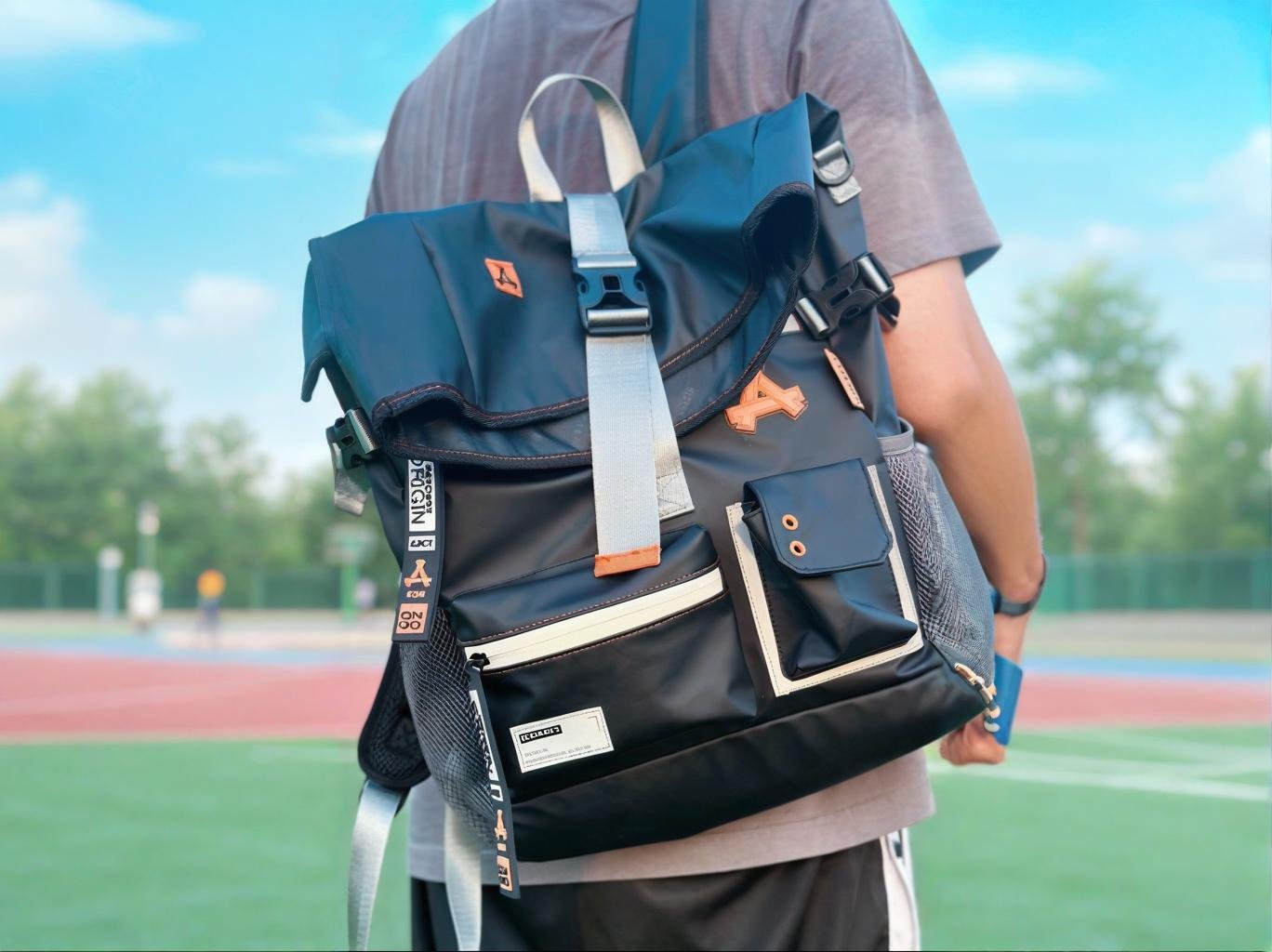Neoprene Fabric Material: The Future of Sustainable and Eco-Friendly Solutions
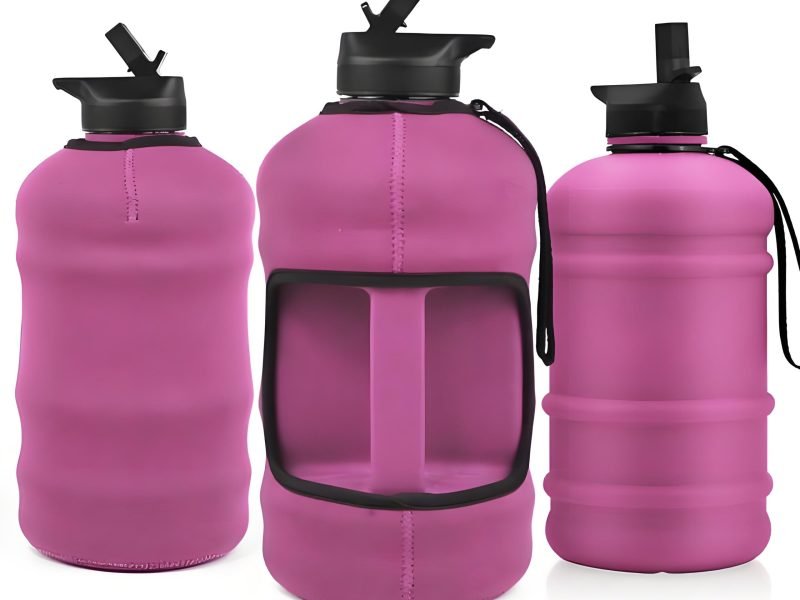
The Green Revolution Is Coming to Neoprene—Are You Ready?
Neoprene has long been a staple material across wetsuits, sports gear, laptop sleeves, and industrial insulation. It’s tough, waterproof, thermally insulating—and until recently, environmentally problematic. Originally derived from petroleum and packed with synthetic additives, traditional neoprene has faced increasing scrutiny in a world where sustainability is no longer optional—it’s a requirement.
Sustainable neoprene fabric is reshaping the future of manufacturing by offering eco-friendly alternatives such as limestone-based neoprene, recycled rubber blends, and solvent-free adhesives, helping reduce carbon emissions and toxic waste across the supply chain.
From leading global surf brands to automotive OEMs and eco-minded SMEs, the shift toward greener neoprene isn’t just a trend—it’s a fundamental transformation. But making the leap requires technical insight, trustworthy sourcing, and a deeper understanding of what truly qualifies as “sustainable.”
In this guide, we unpack the science, certifications, industry applications, and sourcing strategies behind eco-friendly neoprene. And we’ll show you how brands like Patagonia, SoneierFabrics, and others are leading the charge—one material at a time.
What Is Neoprene Fabric and How Is It Traditionally Produced?
Neoprene is the trade name for polychloroprene, a type of synthetic rubber first developed by DuPont in 1930. Known for its closed-cell structure, flexibility, and resistance to water, heat, and chemicals, it’s widely used in marine gear, automotive interiors, laptop cases, and protective industrial gear.
Traditional neoprene is made through the polymerization of chloroprene monomers, often derived from petrochemicals. It is then foamed with blowing agents and reinforced with laminates like polyester, nylon, or spandex.
Neoprene is a synthetic rubber made by polymerizing chloroprene monomers, typically from petroleum. It is heat-resistant, waterproof, and widely used in gear and apparel.
The Traditional Neoprene Lifecycle
1. Raw Material Extraction
- Source: Petroleum-based chloroprene monomers
- Environmental impact: High carbon footprint and toxic emissions during production
2. Foaming and Additives
- Neoprene is foamed using chemicals like azodicarbonamide (ADC), which release gases to create the spongy texture.
- Stabilizers and plasticizers are added—often containing halogens or VOCs (volatile organic compounds).
3. Lamination Process
- Laminated with nylon, polyester, or spandex, using solvent-based adhesives that contribute to harmful off-gassing.
4. Waste and Water Use
- Large amounts of industrial wastewater and offcuts contribute to landfill and contamination.
Traditional Neoprene vs Eco-Friendly Neoprene (At a Glance)
| Feature | Traditional Neoprene | Eco-Friendly Neoprene |
|---|---|---|
| Base Material | Petroleum-derived | Limestone, recycled rubber |
| Blowing Agents | ADC, CFCs | CO₂ or nitrogen |
| Adhesives | Solvent-based (VOCs) | Water-based or solvent-free |
| End-of-Life Options | Non-biodegradable | Recyclable or reduced toxicity |
| Carbon Footprint | High | 20–40% lower (varies by type) |
How Sustainable Is Conventional Neoprene and What Are Its Environmental Impacts?
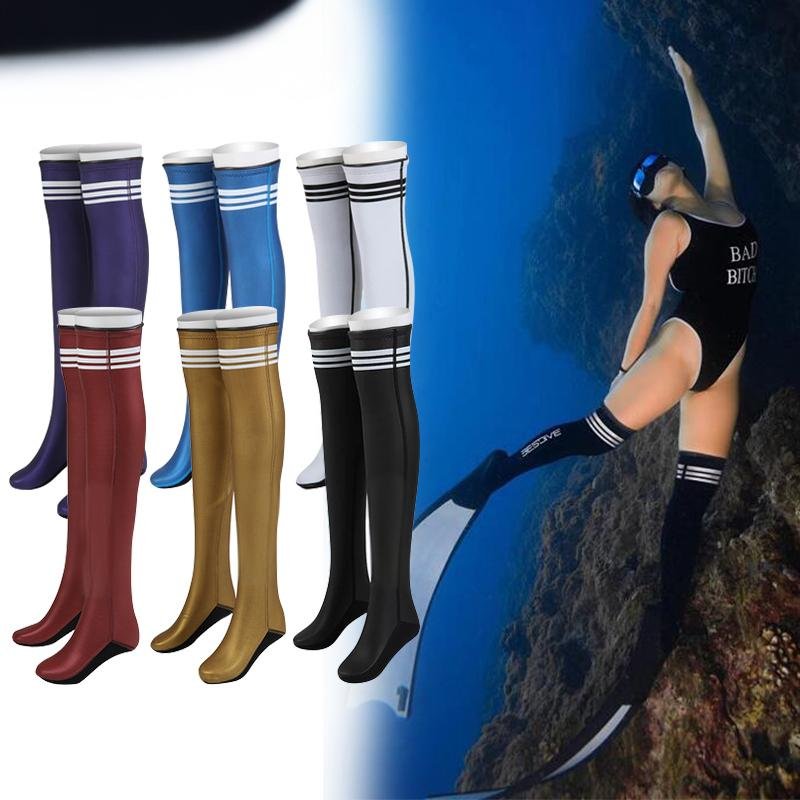
Unfortunately, traditional neoprene is not sustainable. From raw material extraction to waste disposal, the entire lifecycle of standard neoprene generates high levels of greenhouse gases, toxic byproducts, and non-recyclable waste.
Conventional neoprene has a high environmental impact due to petroleum-based production, toxic chemical additives, and limited biodegradability or recycling options.
Breaking Down the Environmental Cost
1. Carbon Emissions
- Producing 1 kg of traditional neoprene emits up to 3.2 kg of CO₂.
- A full-body 5mm wetsuit uses roughly 2–3 kg of neoprene, equaling nearly 10 kg of CO₂ emissions.
2. Toxic Chemicals
- VOCs used in adhesives contribute to air pollution and indoor toxicity.
- Halogenated compounds like bromine and chlorine, often added for flame retardancy, persist in the environment and are harmful to aquatic life.
3. Water Use & Waste
- Neoprene production requires large volumes of industrial process water.
- Scrap neoprene foam is rarely recycled due to composite layering, making it difficult to separate and reuse.
Why Major Brands Are Abandoning Traditional Neoprene
- Patagonia began phasing out petroleum-based neoprene in 2014, citing its incompatibility with sustainable sourcing and carbon-neutral goals.
- Surfline and Finisterre followed suit by shifting to limestone-based and Yulex® alternatives, reducing dependency on petrochemicals.
What Are the New Eco-Friendly Alternatives to Petroleum-Based Neoprene?
The shift toward sustainable neoprene is being powered by innovative raw materials and cleaner production technologies. These alternatives aim to maintain neoprene’s performance while reducing its environmental footprint.
The most widely adopted eco-friendly neoprene substitutes today include limestone-based neoprene, recycled rubber neoprene, and plant-based bio-neoprene like Yulex®, each offering different benefits for different industries.
Eco-friendly neoprene alternatives include limestone-based neoprene, recycled rubber neoprene, and plant-based bio-neoprene like Yulex®, all designed to reduce environmental impact.
Eco-Friendly Neoprene Types Overview
| Type | Base Material | Eco Advantage | Common Use Cases |
|---|---|---|---|
| Limestone-Based Neoprene | Calcium carbonate | No crude oil, lower CO₂ emissions | Wetsuits, industrial padding |
| Recycled Rubber Neoprene | Post-consumer waste | Diverts waste from landfills | Bags, laptop sleeves, gloves |
| Plant-Based Neoprene (Yulex) | Guayule plant latex | Renewable, biodegradable | High-end surf gear, medical use |
Analyzing the New Eco Options
1. Limestone-Based Neoprene
- Made from calcium carbonate extracted from limestone.
- Requires less energy to process than crude oil derivatives.
- Emits up to 24% less CO₂ per kg produced.
- Still not biodegradable but is chemically stable and low in VOCs.
2. Recycled Rubber-Based Neoprene
- Derived from post-consumer neoprene scraps or tire rubber.
- Reduces landfill waste and extends product lifecycle.
- Lower tensile strength than virgin neoprene—best for non-load-bearing items.
- Used in eco-conscious fashion and low-impact industrial applications.
3. Plant-Based (Yulex® and Others)
- Uses natural rubber extracted from guayule or hevea plants.
- 100% renewable, biodegradable, and free from petrochemicals.
- Often used in premium wetsuits and medical gear.
- Higher price point but meets or exceeds performance of traditional neoprene.
Real-World Brand Adoption
- Patagonia now uses 85% Yulex® for all its wetsuits.
- Soöruz offers a full line of bioresin-lined wetsuits with recycled rubber content.
- SzoneierFabrics offers both limestone-based and recycled neoprene foam sheets, laminated with water-based adhesives for reduced VOCs.
How Do Limestone-Based and Recycled Neoprene Compare in Sustainability?
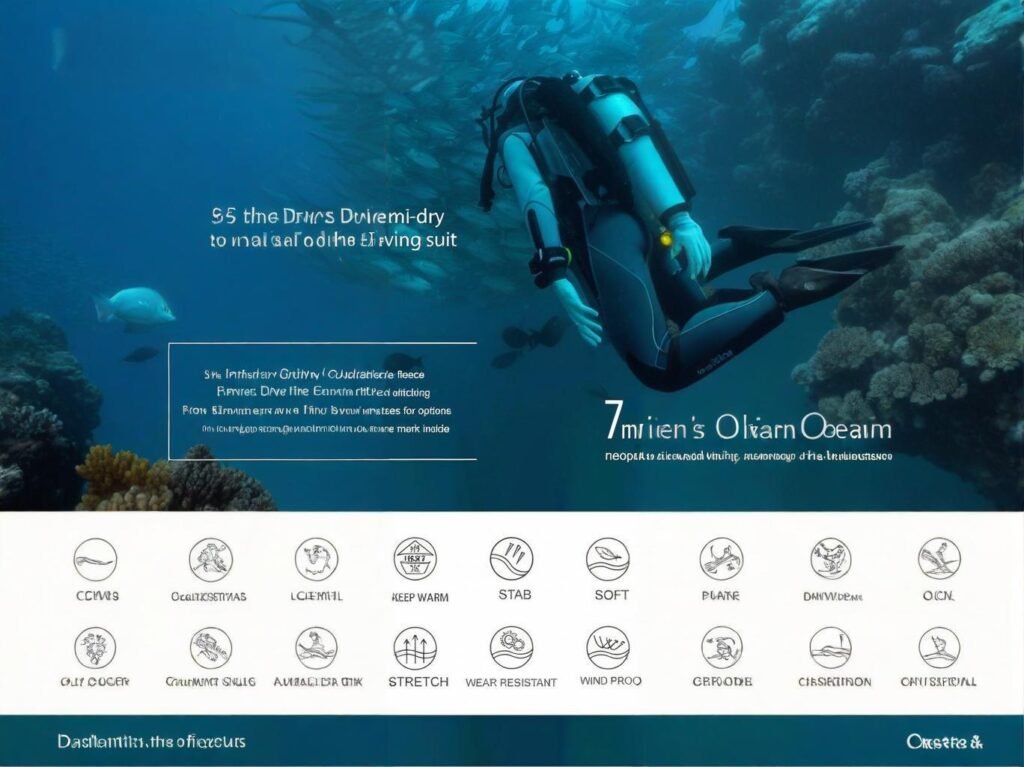
While both limestone-based and recycled neoprene represent major steps forward, they serve different sustainability goals and target different product markets. Limestone-based neoprene focuses on lower carbon emissions, while recycled neoprene prioritizes waste reduction.
Understanding these differences can help B2B buyers select the most appropriate solution based on their industry, budget, and sustainability objectives.
Limestone-based neoprene offers lower carbon emissions and improved chemical stability, while recycled neoprene reduces landfill waste and supports circular economy models.
Comparative Sustainability Table
| Feature/Impact Area | Limestone-Based Neoprene | Recycled Neoprene |
|---|---|---|
| Raw Material Source | Mined calcium carbonate | Post-consumer neoprene waste |
| Carbon Emissions | \~24% lower than petro | \~10–20% lower depending on source |
| VOC Emissions | Low (if water-based glue used) | Moderate to low |
| Recycling Benefit | No, but chemically stable | Yes—diverts waste from landfills |
| Biodegradability | No | No |
| Product Consistency | High | Variable depending on feedstock |
| Best For | Industrial, high-durability | Bags, accessories, fashion |
Use Case Comparison
- Limestone neoprene is ideal for high-performance applications like dive suits, protective gear, industrial insulation, and flame-retardant padding.
- Recycled neoprene excels in soft goods like yoga mats, pet gear, laptop sleeves, and eco-friendly packaging where high tensile strength is not critical.
A sustainable swimwear startup sourcing through SzoneierFabrics opted for 2mm recycled neoprene laminated with GRS-certified RPET fabric. This combo reduced the unit CO₂ output by 32% per swimsuit and allowed for plastic-neutral marketing claims.
Which Certifications Indicate Eco-Friendly Neoprene Fabric Compliance?
Certifications are critical for validating the sustainability claims made by neoprene fabric manufacturers. As the eco-market grows, more B2B buyers and international brands require third-party verification to ensure that materials meet environmental, social, and health-related standards.
From material content to chemical safety, several certifications provide insight into how green a neoprene fabric really is.
Key eco-certifications for neoprene fabric include GRS, OEKO-TEX® Standard 100, Bluesign®, and FSC® for bio-based options like Yulex®, helping verify sustainability and safety.
Major Certifications for Sustainable Neoprene
1. GRS (Global Recycled Standard)
- Applies to recycled-content neoprene.
- Requires 50% minimum recycled material.
- Also audits supply chain traceability and chemical restrictions.
2. OEKO-TEX® Standard 100
- Confirms that the fabric is free from harmful substances.
- Relevant to laminated neoprene, particularly those using water-based adhesives.
- Common for neoprene used in gloves, swimwear, children’s products.
3. Bluesign®
- Focuses on the entire textile production process.
- Ensures safe chemicals, low water consumption, and worker safety.
- Ideal for larger brands using neoprene in sportswear and consumer goods.
4. FSC® Certification (Forest Stewardship Council)
- Specifically for Yulex® plant-based neoprene.
- Verifies that raw rubber is harvested from responsibly managed forests.
5. REACH & RoHS Compliance
- EU-based chemical safety standards.
- Ensures neoprene does not contain restricted toxic substances like lead, cadmium, or PFCs.
- Essential for neoprene used in exported electronics, PPE, and automotive interiors.
Certification Comparison Table
| Certification | Focus Area | Suitable Neoprene Type | Buyer Use Case |
|---|---|---|---|
| GRS | Recycled Content | Recycled rubber neoprene | Bags, sleeves, apparel, yoga mats |
| OEKO-TEX® | Human Chemical Safety | All types if laminated/finished | Fashion, sport, children’s goods |
| Bluesign® | Process Sustainability | Any industrial or large-scale neoprene | Sportswear, branded consumer products |
| FSC® | Raw Material Source | Yulex® (bio-based) neoprene | Eco-surf, medical, and premium brands |
| REACH/RoHS | Chemical Restrictions | Export-grade neoprene | Electronics, auto, PPE, industrial gear |
If you’re a B2B buyer sourcing from China or Southeast Asia, always ask for test reports and certification codes from third-party labs like SGS, Intertek, or TUV Rheinland. SzoneierFabrics offers GRS and OEKO-TEX certified neoprene for specific product lines.
Is Sustainable Neoprene Suitable for High-Performance Applications Like Sports, Marine, and Industrial Use?
Yes—eco-friendly neoprene has reached the point where it can match, and sometimes outperform, traditional neoprene in durability, flexibility, and insulation—especially in sportswear, marine, and industrial applications.
Sustainable doesn’t mean soft or weak. With the right formulation and lamination, eco neoprene can handle extreme environments, making it a legitimate choice for serious manufacturers.
Sustainable neoprene is suitable for high-performance use in sports, marine, and industrial gear, offering equivalent durability, stretch, and thermal insulation to traditional options.
Performance Metrics by Use Case
| Application Area | Key Performance Needs | Sustainable Neoprene Capabilities |
|---|---|---|
| Sports (Wetsuits, Pads) | Stretch, warmth, rebound | Yulex® & limestone neoprene exceed elasticity ratings |
| Marine (Boat Gear) | Salt resistance, UV stability | Laminated eco neoprene holds color & structure |
| Industrial Insulation | Fire resistance, compression set | Can meet UL94 & ISO 6941 with flame-retardant additives |
| Automotive Interiors | Heat stability, sound dampening | Recycled & CR limestone versions perform well |
| Medical & Safety | Skin-safe, non-toxic, breathable | OEKO-TEX® and latex-free plant-based models excel |
Eco-Neoprene in Surfing
Patagonia’s Yulex wetsuits report:
- \~20% higher elasticity than standard neoprene
- Better warmth retention at equal thickness
- Long-term performance validated by over 500,000 units sold
Industrial Vibration Dampeners
A U.S. machinery manufacturer used SzoneierFabrics’ 5mm limestone-based neoprene to replace conventional CR neoprene pads. After 6 months:
- No compression set deformation
- Maintained 94% vibration dampening performance
- Passed ISO 105-E04 sweat and oil resistance tests
How Are Leading Brands and Manufacturers Adopting Green Neoprene Materials?
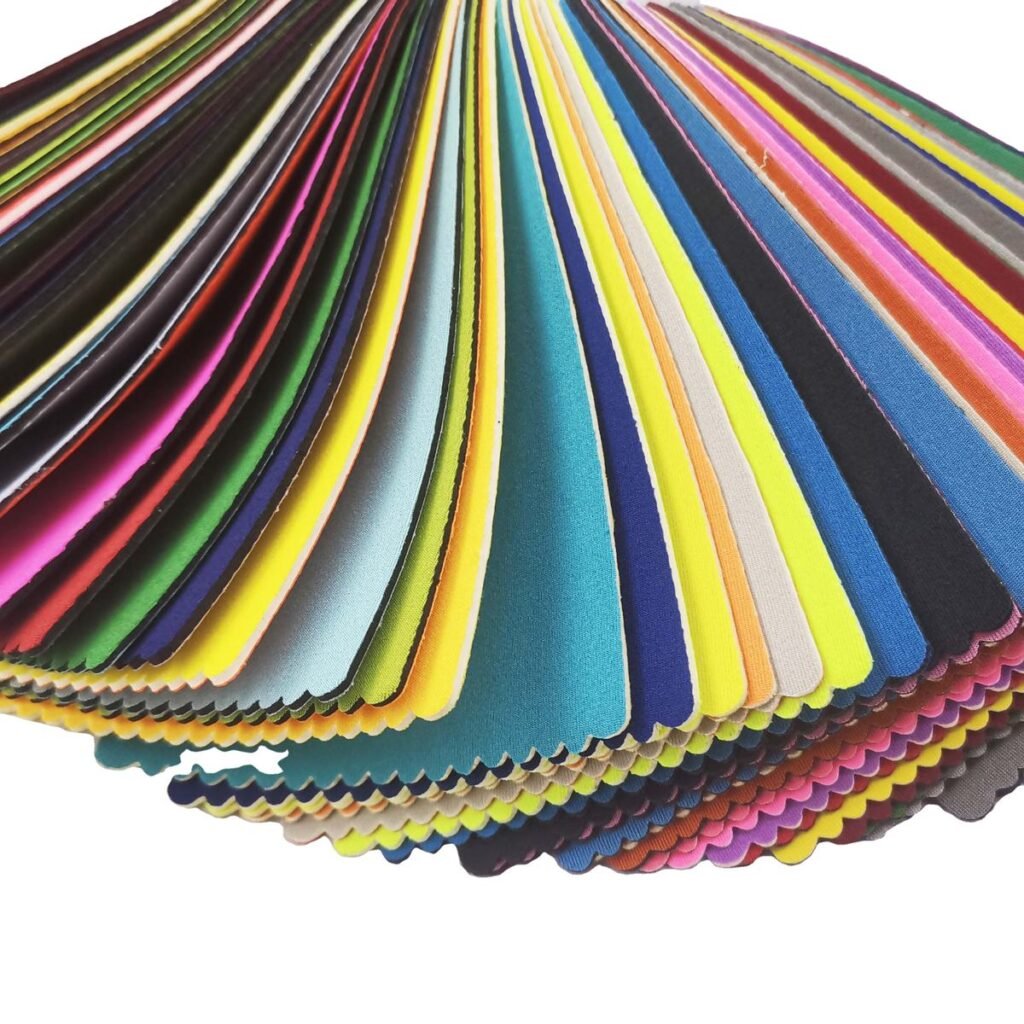
Sustainable neoprene adoption isn’t theoretical—it’s happening now. Leading global brands are actively switching to eco-friendly neoprene options not only to reduce their carbon footprint but also to comply with evolving environmental regulations and meet customer demand for greener products.
From surfwear pioneers to industrial suppliers, the shift toward green neoprene reflects a broader movement across B2B and B2C sectors.
Leading brands like Patagonia, Soöruz, and OEM suppliers are switching to sustainable neoprene made from limestone, recycled rubber, and plant-based materials to meet environmental goals.
Brand Use Cases and Manufacturing Shifts
1. Patagonia – Bio-Based Pioneer
- Switched from petroleum neoprene to Yulex® plant-based rubber in 2016.
- Achieved a \~80% reduction in CO₂ emissions per wetsuit.
- Set a precedent in the surf industry, influencing competitors to follow suit.
2. Soöruz – Circular Surf Innovation
- Developed wetsuits using bioresins + recycled polyester and recycled rubber neoprene.
- Introduced a “Take-Back Program” to recycle old wetsuits into new products.
3. SzoneierFabrics – Custom OEM Solutions
- Offers sustainable neoprene sheets made from limestone or recycled neoprene, laminated with water-based adhesives and RPET fabrics.
- Supplies mid-sized eco brands in Europe and North America with small-MOQ custom rolls and die-cut panels.
- Recently launched a GRS-certified neoprene yoga mat program for wellness brands.
4. OEM Automotive Tier 1 Suppliers
- Using flame-retardant recycled neoprene foam in vehicle dashboards, hood linings, and trunk panels.
- Helps automakers meet ISO 14001 targets and vehicle sustainability scoring under new EU regulations.
Industry Momentum: From Niche to Mainstream
| Brand/Industry | Sustainable Neoprene Use Case | Material Type |
|---|---|---|
| Patagonia | Wetsuits | Yulex® (plant-based) |
| Finisterre | Swimwear & surf hoods | Recycled & limestone |
| Toyota (OEM supplier) | Engine compartment insulation | Recycled neoprene |
| SzoneierFabrics’ clients | Bags, belts, yoga mats, medical gear | Recycled + limestone-based |
What Should B2B Buyers Consider When Sourcing Sustainable Neoprene Fabric?
Whether you’re a brand, wholesaler, or product developer, sourcing sustainable neoprene isn’t just about picking a “green” option off the shelf. It requires evaluating performance, compliance, cost, and supply chain reliability.
Sustainability should enhance—not compromise—your product’s function and value.
B2B buyers should consider material performance, certifications, environmental impact, supplier transparency, and MOQ when sourcing sustainable neoprene fabric.
Key Sourcing Considerations
1. Performance vs Sustainability Balance
- Ask: Will the eco option meet the demands of your use case (e.g. stretch, flame resistance)?
- Solution: Request comparative test data on tensile strength, insulation, or abrasion resistance.
2. Certification & Traceability
- Look for third-party verification such as GRS, OEKO-TEX®, REACH, or FSC®.
- Ensure your supplier can trace raw material origin and provide lab reports.
3. MOQ and Sampling
- Many small brands hesitate due to high MOQs.
- SzoneierFabrics offers low-MOQ customization starting at 100 meters with free samples and fast turnaround.
4. Supplier Transparency
- Can they walk you through the entire process?
- Do they disclose adhesive types, lamination process, and chemical usage?
- Can they customize width, thickness, lamination fabric, and color?
Sourcing Checklist for B2B Buyers
| Question | Why It Matters |
|---|---|
| Is the neoprene certified (GRS, OEKO)? | Confirms sustainability & human safety |
| What’s the base material (limestone, etc)? | Determines carbon footprint & durability |
| Is lamination solvent-free? | Reduces VOC emissions |
| Can I get a physical sample? | Helps test quality before scaling up |
| What’s the MOQ and lead time? | Impacts development timelines and budget |
Partner with SzoneierFabrics for Sustainable Neoprene Solutions
Whether you’re creating eco-friendly fashion, protective industrial gear, or green packaging, SzoneierFabrics helps you align with sustainability goals—without compromising performance or cost-efficiency.
Why Work with Us?
Eco materials: Limestone-based & recycled rubber neoprene
Certified options: GRS, OEKO-TEX®, ISO-tested
Customization: Width, thickness, lamination, flame-retardant coatings
Low MOQ: Starting from 100m, free samples available
Fast delivery: 7–10 days for most custom developments
Export ready: Serving B2B clients in North America, Europe, Australia, and Asia
Can't find the answers?
No worries, please contact us and we will answer all the questions you have during the whole process of bag customization.
Make A Sample First?
If you have your own artwork, logo design files, or just an idea,please provide details about your project requirements, including preferred fabric, color, and customization options,we’re excited to assist you in bringing your bespoke bag designs to life through our sample production process.

